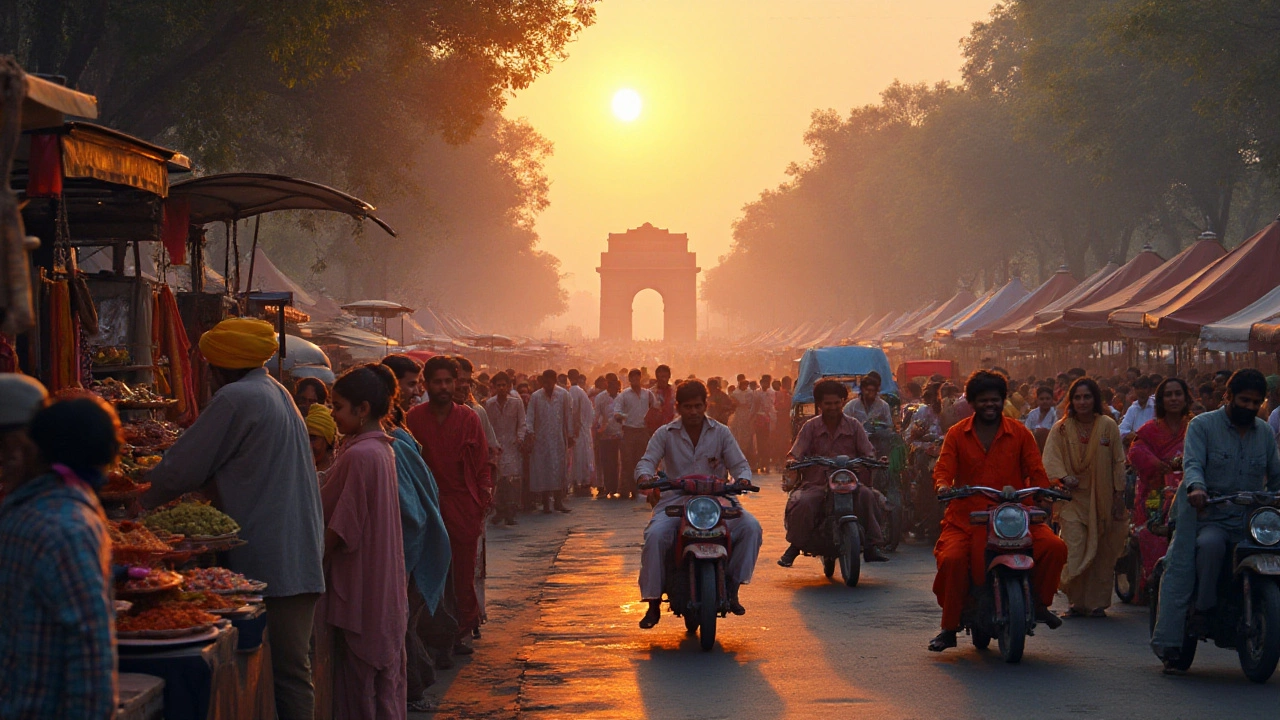SEARCH
Foreign Visitors to India: Real‑World Tips and Tricks
Welcome to India! Whether you’re flying in for a week or planning a month‑long adventure, the country can feel huge at first. Below you’ll get straight‑to‑the‑point advice on budgeting, staying safe, handling customs, and tasting the best food without breaking the bank.
Budget Basics for First‑Time Visitors
Most travelers wonder how much they’ll actually spend. A solid rule of thumb is ₹2,500‑₹3,500 per day for a comfortable mid‑range trip. That covers a decent hotel, meals at local restaurants, short‑range transport and a few entry fees. If you’re on a tighter budget, aim for ₹1,500‑₹2,000 a day by staying in guesthouses, eating street food, and using trains or shared cabs.
Let’s break it down: a three‑day weekend in Delhi, Agra, and Jaipur can run around ₹9,000‑₹12,000 for two people, including budget flights, budget hotels, and a few key attractions. For South India, the same timeframe might be a little cheaper because food costs are lower in states like Kerala and Tamil Nadu.
Don’t forget hidden fees. Airport taxes, GST on hotel bills, and small service charges at restaurants add up. Keep a little extra cash (or a reliable card) ready for those surprise costs.
Safety, Customs & Health Tips
India is generally safe for travelers, but staying aware helps a lot. Keep copies of your passport, use a money belt, and avoid flashing large amounts of cash. The safest airports in 2025, like Delhi and Bangalore, have clear signage and good security – stick to official queues and avoid unofficial “help desks.”
When you pass through customs, you don’t need to declare personal jewelry unless its value exceeds the local limit (usually ₹50,000). That said, packing valuable items in your carry‑on and keeping receipts handy can solve any unexpected questions.
Food safety is another biggie. Stick to cooked dishes, fresh fruit you can peel, and bottled water. Regions like Kerala are famous for their cuisine – try a coconut‑based fish curry, but make sure the kitchen looks clean. If you have a sensitive stomach, carry an anti‑diarrheal tablet and stay hydrated.
Health-wise, most visitors get a routine check‑up before travelling. A few vaccinations (like Hepatitis A and Typhoid) are recommended, especially if you plan to visit rural areas. For city trips, a simple first‑aid kit with band‑aids and basic pain relievers does the trick.
Finally, remember that India is huge and diverse. Your first stop might be the bustling lanes of Delhi, but don’t miss the calm backwaters of Kerala or the quiet hills of the North‑East. Use reliable train services for longer hauls – the Indian Railways offers a range of classes, and booking in advance saves both money and hassle.
With these basics, you’ll feel more confident walking the streets of Mumbai, exploring the forts of Rajasthan, or relaxing on a Lakshadweep beach. Keep this guide handy, adjust the numbers to your own style, and enjoy the adventure that awaits.

Exploring the Enchanting Charms of Northern India: A Tourist's Guide
Northern India, with its vivid tapestry of history, culture, and natural beauty, is a magnet for foreign tourists. From the majestic Himalayan peaks to the bustling streets of Delhi, and the serene ghats of Varanasi, this region offers something for every traveler. Visitors flock to explore iconic landmarks like the Taj Mahal, while also seeking spiritual tranquility in sacred cities like Rishikesh. The diverse culinary and cultural experiences leave an indelible mark on every traveler's journey.
Continue reading